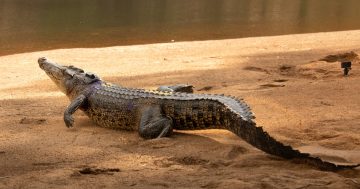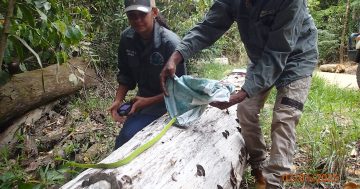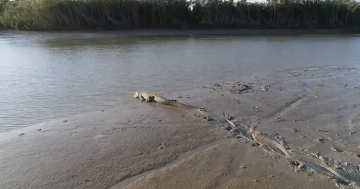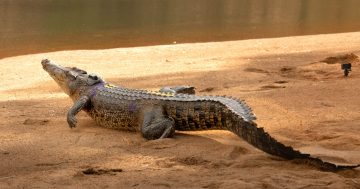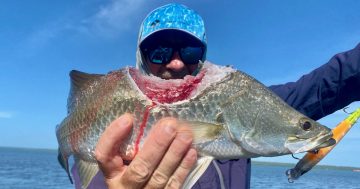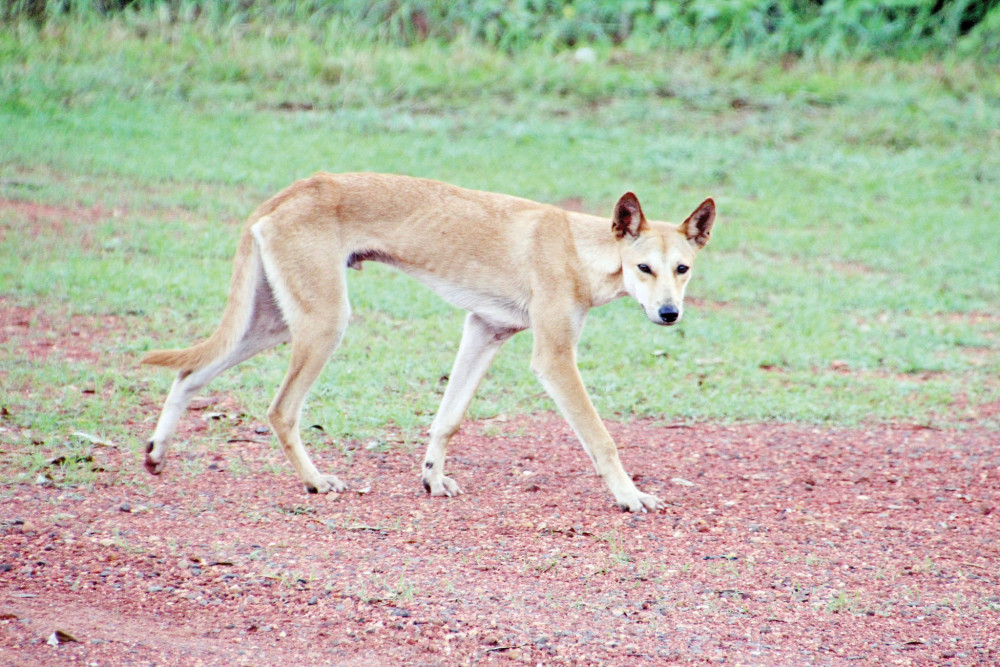
The study, published last month in Australian Mammalogy, collates the results from over 5000 DNA samples of wild canines across the country, making it the largest and most comprehensive dingo data set to date.
The team found that 99 per cent of wild canines tested were pure dingoes or dingo-dominant hybrids (that is, a hybrid canine with more than 50 per cent dingo genes).
Of the remaining one per cent, roughly half were dog-dominant hybrids, while the other half were feral dogs.
“We don’t have a feral dog problem in Australia,” says Dr Kylie Cairns, a conservation biologist from UNSW Science and lead author of the study.
“They just aren’t established in the wild. There are rare times when a dog might go bush, but it isn’t contributing significantly to the dingo population.”
Rio Tinto Weipa and the Weipa Town Authority recently embarked on a “feral animal control” program that targeted “wild dogs”.
Both bodies did not believe they were killing dingoes. A Rio Tinto official told Cape York Weekly they were “definitely not dingoes”.
Pressed further, Rio Tinto Weipa provided a short statement.
“The migration of wild dogs into the Weipa community at the end of each breeding season is an annual occurrence,” it said.
“The wild dogs that are affecting Weipa township currently are bush bred animals of a mixed lineage. Weipa Town Authority’s main priority is the health and safety of the community.
“WTA’s annual wild dog management program within the Weipa township is conducted for the sole interest of public safety.
“The program aligns with standard council procedures that are practised across many councils in Queensland.”
The UNSW study builds on a 2019 paper by the team that found most wild canines in NSW are pure dingoes or dingo-dominant hybrids. The newer paper looked at DNA samples from past studies across Australia, including more than 600 previously unpublished data samples.
Pure dingoes – dingoes with no detectable dog ancestry – made up 64 per cent of the wild canines tested, while an additional 20 per cent were at least three-quarters dingo.
The findings challenge the view that pure dingoes are virtually extinct in the wild – and call to question the widespread use of the term “wild dog”.
“Wild dog isn’t a scientific term – it’s a euphemism. Dingoes are a native Australian animal, and many people don’t like the idea of using lethal control on native animals,” Dr Cairns said.
“The term ‘wild dog’ is often used in government legislation when talking about lethal control of dingo populations.”
The terminology used to refer to a species can influence our underlying attitudes about them, especially when it comes to native and culturally significant animals.
This language can contribute to other misunderstandings about dingoes, like being able to judge a dingo’s ancestry by the colour of its coat – which can naturally be sandy, black, white, brindle, tan, patchy, or black and tan.
“There is an urgent need to stop using the term ‘wild dog’ and go back to calling them dingoes,” said Brad Nesbitt, a research fellow at the University of New England.
“Only then can we have an open public discussion about finding a balance between dingo control and dingo conservation in the Australian bush.”
Professor Mike Letnic, senior author of the study and professor of conservation biology, has been researching dingoes and their interaction with the ecosystem for 25 years.
He says they play an important role in maintaining the biodiversity and health of the ecosystem.
“As apex predators, dingoes play a fundamental role in shaping ecosystems by keeping the number of herbivores and smaller predators in check,” he said.
“Apex predators’ effects can trickle all the way through ecosystems and even extend to plants and soils.”
Professor Letnic’s previous research has shown that suppressing dingo populations can lead to a growth in kangaroo numbers, which has repercussions for the rest of the ecosystem.
For example, high kangaroo populations can lead to overgrazing, which in turn damages the soil, changes the face of the landscape and can jeopardise land conservation.


